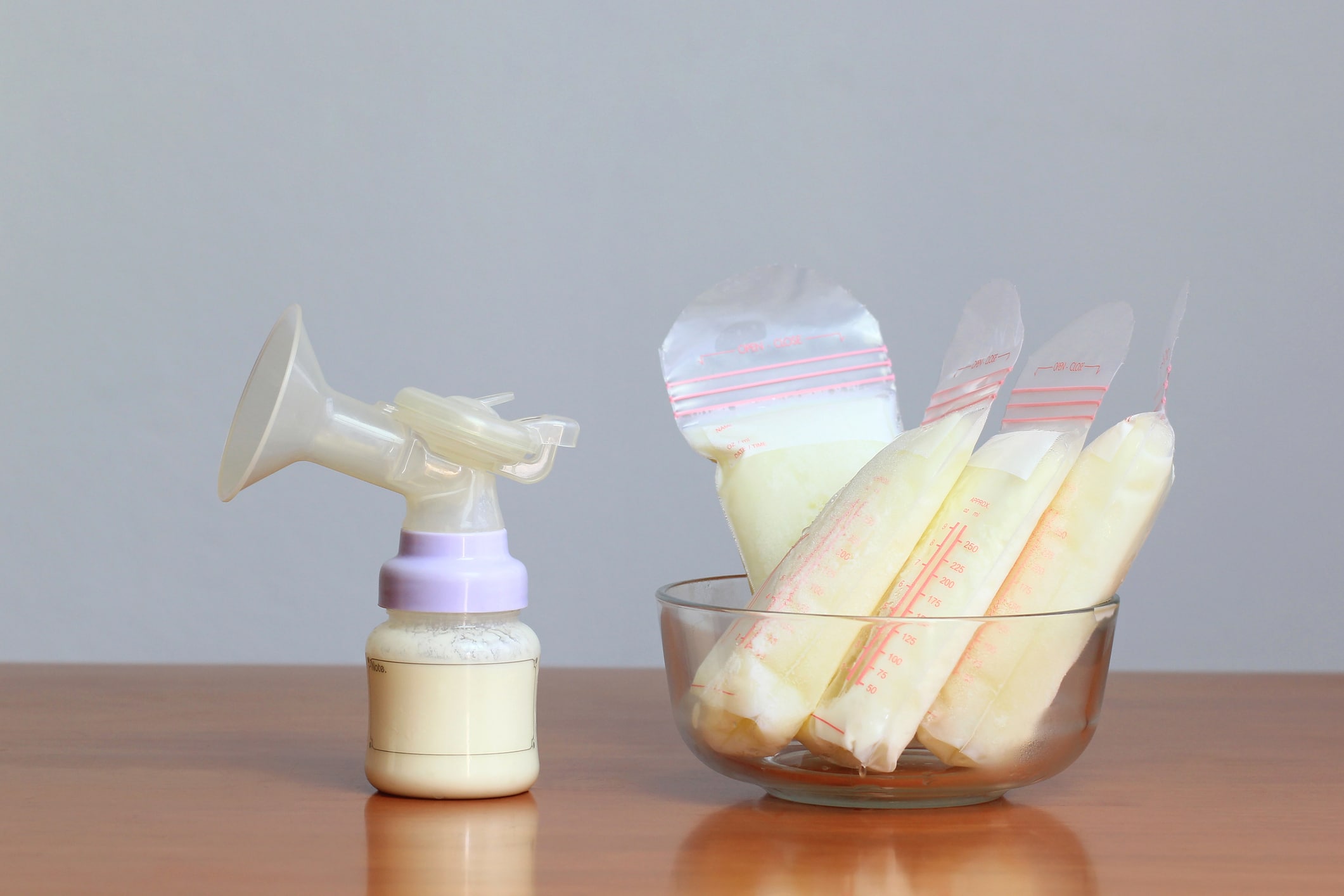

Articles
How To Store Breastmilk At Work
Modified: January 7, 2024
Learn how to store breastmilk at work with our helpful articles. Find tips and solutions to keep your breastmilk fresh and safe throughout the day.
(Many of the links in this article redirect to a specific reviewed product. Your purchase of these products through affiliate links helps to generate commission for Storables.com, at no extra cost. Learn more)
Introduction
Returning to work after having a baby can be a challenging time for many new mothers. Among the various concerns, one important aspect is ensuring a continuous supply of breastmilk for the baby during the workday. Storing breastmilk at work is not only convenient, but it also allows mothers to maintain their breastfeeding journey even when they are away from their little ones.
In this article, we will explore the importance of storing breastmilk at work and provide practical tips for successfully managing this process. Whether you are a new mom navigating this territory for the first time or a seasoned professional looking for reminders and new techniques, this article is here to help.
Key Takeaways:
- Storing breastmilk at work is crucial for maintaining the health benefits of breastfeeding, promoting optimal child development, and supporting the well-being of both mothers and babies. It allows working mothers to continue their breastfeeding journey with confidence and peace of mind.
- Creating a breastfeeding-friendly environment at work, understanding proper storage guidelines, and implementing supportive measures are essential for successful breastmilk storage at work. Employers play a crucial role in supporting working mothers and contributing to their overall well-being.
Read more: How To Store Breastmilk In Freezer
Why is it important to store breastmilk at work?
For breastfeeding mothers who are returning to work, storing breastmilk is essential to ensure that their babies receive the benefits of breastmilk even when they are away. Breastmilk is highly beneficial for infants as it contains a unique blend of essential nutrients, antibodies, hormones, and enzymes that support their growth and development.
Here are some of the reasons why storing breastmilk at work is important:
- Continuing the bonding and health benefits: Breastfeeding establishes a strong bond between the mother and the baby. By storing breastmilk at work, mothers can continue to provide their babies with the numerous health benefits that breastmilk offers.
- Promoting optimal child development: Breastmilk is known to enhance the baby’s immune system, reducing the risk of various illnesses and allergies. It also helps in the development of the baby’s brain and nervous system, promoting cognitive and emotional growth.
- Ensuring a nutritious diet: Breastmilk is the ultimate source of nutrition for babies, containing all the necessary nutrients they need to thrive. By storing breastmilk, working mothers can ensure that their babies receive a healthy and balanced diet, even in their absence.
- Reducing the risk of infections: Breastmilk contains antibodies and immune cells that protect babies from infections. By providing breastmilk, even when apart, mothers can help shield their babies from various illnesses.
- Supporting the mother’s health: Breastfeeding has numerous health benefits for mothers as well. It reduces the risk of postpartum depression, aids in weight loss, and lowers the risk of certain diseases like breast and ovarian cancer. By storing breastmilk at work, mothers can continue to breastfeed and enjoy these benefits.
Storing breastmilk at work allows working mothers to continue their breastfeeding journey and provides comfort and peace of mind knowing that their babies are receiving the best nutrition, even during their absence.
Preparing to store breastmilk at work
Before you start storing breastmilk at work, it’s important to make some preparations to ensure a smooth and successful process. Here are some tips to help you get started:
- Communicate with your employer: It’s crucial to have open communication with your employer about your intention to breastfeed and store breastmilk at work. Discuss your needs, share any policies or guidelines related to lactation support in the workplace, and determine the available resources or facilities for storing breastmilk.
- Research your rights: Familiarize yourself with your legal rights as a breastfeeding mother in the workplace. Many countries have laws that protect the rights of breastfeeding mothers and require employers to provide reasonable accommodations, such as breaks for pumping and a private space for expressing milk.
- Create a pumping schedule: Plan a pumping schedule that aligns with your work breaks or schedule. Allocate specific times during the day for expressing milk to ensure that you maintain a regular breastfeeding routine.
- Invest in good-quality breast pump: Choose a reliable and efficient breast pump that suits your needs. Electric pumps are usually more convenient for working mothers as they allow for faster and more comfortable pumping sessions.
- Practice pumping at home: Before you start storing breastmilk at work, practice pumping sessions at home to get comfortable with the process. This will help you determine the optimal settings on your breast pump and find a pumping routine that works best for you.
- Stock up on breastmilk storage containers: Invest in a good supply of breastmilk storage containers, such as bottles or storage bags. Make sure they are made of food-grade materials, BPA-free, and have airtight seals to maintain the freshness and quality of the breastmilk.
- Label and date your breastmilk: It’s important to label each container of breastmilk with the date and time it was expressed. This will help you keep track of the freshness of the milk and ensure that your baby receives the oldest milk first.
- Consider a cooler bag or insulated container: If you don’t have access to a refrigerator at work or if you need to transport your breastmilk, invest in a good-quality cooler bag or an insulated container. This will help keep the breastmilk cool and safe until you can refrigerate or freeze it.
By taking these preparatory steps, you will be well-equipped to start storing breastmilk at work and provide your baby with the nourishment they need even when you are not physically present.
Choosing the right breastmilk storage containers
When it comes to storing breastmilk at work, choosing the right storage containers is essential to maintain the quality and safety of the milk. Here are some factors to consider when selecting breastmilk storage containers:
- Material: Look for storage containers that are made of food-grade materials and are free from chemicals like BPA (bisphenol A). Glass, BPA-free plastic, or polypropylene containers are commonly used for storing breastmilk.
- Airtight seal: Ensure that the containers have a secure and airtight seal to prevent any leakage or contamination. This will help maintain the freshness and quality of the breastmilk.
- Size and capacity: Choose containers that have an appropriate size and capacity to store the desired amount of breastmilk. It’s helpful to have containers in different sizes to accommodate varying amounts of milk.
- Easy to use and clean: Opt for containers that are easy to use, with wide openings for easy pouring and filling. They should also be easy to clean, either by hand or in the dishwasher.
- Freezer-safe: If you plan to freeze the breastmilk, ensure that the containers are suitable for freezer storage. Look for containers that are labeled as freezer-safe and can withstand low temperatures without cracking or breaking.
- Graduated markings: Containers with clear and visible graduated markings are helpful for accurately measuring and tracking the volume of breastmilk.
- Compatibility with breast pump: Check if the storage containers are compatible with your specific breast pump model. Some pumps come with matching storage containers, making it easier to pump directly into them.
It’s important to note that breastmilk storage bags are also a popular option for storing breastmilk at work. These bags are convenient and space-saving, making them ideal for those with limited storage space. However, ensure that the bags are specifically designed for storing breastmilk, with sturdy seals and a reliable design to prevent leakage.
Ultimately, the choice of breastmilk storage containers will depend on your personal preferences and needs. Consider factors like convenience, durability, and safety when making your selection. Having a good supply of high-quality storage containers will ensure that you can store breastmilk efficiently and without any concerns about contamination or spoilage.
Guidelines for storing breastmilk at work
When it comes to storing breastmilk at work, there are some important guidelines to follow to ensure the safety and quality of the milk. Here are some key guidelines to keep in mind:
- Wash hands before expressing: Before expressing breastmilk at work, wash your hands thoroughly with warm water and soap. This helps prevent any potential contamination.
- Use clean breast pump parts: Ensure that all the breast pump parts, including the flanges and bottles, are clean and sterilized before each use. This helps maintain the integrity of the milk.
- Express and store milk promptly: Try to express and store breastmilk as soon as possible after pumping. Freshly expressed milk has a higher nutritional value and is less likely to be contaminated.
- Store breastmilk in clean containers: Use clean and sterilized breastmilk storage containers to store the milk. Avoid using regular household containers or plastic bags that are not designed for storing breastmilk.
- Label and date the containers: Clearly label each container with the date it was expressed and the baby’s name if necessary. This helps you keep track of the freshness of the milk and identify the oldest milk for use.
- Store milk in small quantities: It’s advisable to store breastmilk in small quantities, such as 2-4 ounces (60-120 milliliters), to minimize wastage. This allows you to thaw and use only the amount needed for each feeding.
- Refrigerate or freeze milk promptly: If you have access to a refrigerator at work, you can store the milk at a temperature of 32-39°F (0-4°C) for up to 72 hours. If you do not have access to a refrigerator or need to store the milk for a longer period, consider freezing it.
- Store milk away from the door: When storing breastmilk in a shared refrigerator at work, place the containers toward the back of the refrigerator, away from the door. This helps maintain a consistent temperature and prevents exposure to warm air when the refrigerator is opened frequently.
- Transport milk safely: If you need to transport the milk from work to home, use a cooler bag with ice packs or a insulated container to keep the milk cool during transit. Remember to store the milk in the refrigerator or freezer as soon as you reach home.
- Follow the “first in, first out” rule: When storing frozen breastmilk, follow the “first in, first out” rule. Use the oldest stored milk first to ensure that it does not exceed the recommended storage duration.
By following these guidelines, you can ensure that the breastmilk remains safe for your baby’s consumption. It’s important to stay informed about proper storage and handling practices to maintain the quality and integrity of the milk. Always prioritize the safety and well-being of your baby when storing breastmilk at work.
Storing breastmilk in a shared refrigerator
When you are storing breastmilk at work, you may find yourself sharing a refrigerator with your colleagues. While this might seem challenging, there are ways to ensure the safety and integrity of your breastmilk. Here are some tips for storing breastmilk in a shared refrigerator:
- Label your breastmilk containers: Clearly label each container of breastmilk with your name, the date it was expressed, and your baby’s name if necessary. This helps prevent confusion and ensures that your milk is not mistaken for someone else’s.
- Use sealable bags or containers: Use sealable bags or storage containers to store your breastmilk. This helps keep your milk separate from other food items in the refrigerator, reducing the risk of contamination.
- Designate a specific shelf or area: If possible, designate a specific shelf or area in the refrigerator for your breastmilk. This makes it easier for you and your colleagues to identify and access your milk without disturbing or mixing it with other items.
- Store milk in a covered container: Use a covered container, such as a plastic bin or dedicated storage box, to store your breastmilk containers. This provides an extra layer of protection and helps keep your milk organized within the shared refrigerator.
- Position milk containers toward the back: When storing your breastmilk containers, place them toward the back of the refrigerator to maintain a consistent temperature. This also helps prevent exposure to warm air when the refrigerator door is opened frequently.
- Communicate with your colleagues: Inform your colleagues about your breastmilk storage needs and establish open communication. This helps create awareness and ensures that your milk is treated with respect and not accidentally moved or discarded.
- Be mindful of expiration dates: Regularly check the expiration dates of your stored breastmilk and remove any containers that have exceeded the recommended storage duration. This helps maintain the freshness and quality of your milk.
- Keep a backup cooling option: If you are uncertain about the reliability or temperature control of the shared refrigerator, consider keeping a small cooler bag with ice packs at your workspace. This allows you to store your breastmilk in a safe and controlled environment if needed.
- Practice good hygiene: Maintain good hygiene practices when handling your breastmilk and using the shared refrigerator. Wash your hands before handling the containers, ensure that they are tightly sealed, and clean any spills or leaks promptly to avoid contamination.
Storing breastmilk in a shared refrigerator may require some extra effort and organization, but with proper communication and adherence to hygiene practices, you can successfully store your breastmilk at work without compromising its quality or safety.
Store breastmilk in a clean, sealed container in the back of the refrigerator or in a cooler with ice packs. Label with date and use within 4 days.
How to transport breastmilk safely
Transporting breastmilk from work to home or any other location requires careful attention to ensure its safety and maintain its quality. Here are some guidelines on how to transport breastmilk safely:
- Use a cooler bag or insulated container: Invest in a good-quality cooler bag or insulated container specifically designed for transporting breastmilk. These bags and containers help maintain the temperature of the milk and keep it cool during transit.
- Add ice packs or frozen gel packs: Place ice packs or frozen gel packs inside the cooler bag to keep the breastmilk cold. Ensure that the ice packs are properly frozen before use and position them strategically around the breastmilk containers.
- Double-check the seals: Before transporting the breastmilk, double-check that all the containers are properly sealed and leak-proof. This prevents any leakage or contamination during transport.
- Place the containers securely in the bag: Arrange the breastmilk containers securely inside the cooler bag or insulated container, making sure they are not overcrowded or at risk of being damaged during transit.
- Keep the bag upright: During transport, always keep the cooler bag or insulated container upright to prevent any accidental spills or leakage of the breastmilk.
- Avoid excessive shaking: Try to minimize shaking or disturbing the breastmilk containers during transport. This helps preserve the nutrients and quality of the milk.
- Store breastmilk immediately upon arrival: As soon as you reach your destination, whether it’s home or another location, transfer the breastmilk to a refrigerator or freezer as soon as possible. Proper storage is crucial for maintaining the freshness and integrity of the milk.
- Consider using breastmilk storage bags: If you are concerned about the weight or space occupied by breastmilk containers, consider using breastmilk storage bags for transport. These bags are convenient and take up less space.
- Plan your transportation route: If you have a longer commute or need to make multiple stops, plan your transportation route accordingly to minimize the time the breastmilk spends outside of refrigeration or freezer.
- Ensure proper hygiene: Maintain proper hygiene when handling the breastmilk containers and cooler bag. Wash your hands before and after handling the milk, and clean the bag regularly to prevent any cross-contamination.
Transporting breastmilk safely is essential to preserve its quality and ensure that it remains safe for your baby’s consumption. By following these guidelines and being mindful of proper storage and handling practices, you can transport breastmilk with confidence and peace of mind.
Creating a breastfeeding-friendly environment at work
Creating a breastfeeding-friendly environment at work is crucial in supporting working mothers who wish to continue breastfeeding their babies. By fostering an environment that recognizes and addresses the needs of breastfeeding employees, employers can contribute to their well-being and productivity. Here are some steps to create a breastfeeding-friendly workplace:
- Establish a lactation policy: Develop and implement a clear lactation policy that outlines the rights and accommodations for breastfeeding employees. This policy should comply with local laws and regulations and provide guidelines for expressing breastmilk at work.
- Provide dedicated lactation facilities: Designate a private, clean, and comfortable room specifically for breastfeeding or expressing breastmilk. This room should be equipped with a comfortable chair, table, power outlet, and a refrigerator or cooler for storing expressed milk.
- Ensure privacy: The lactation room should have a lockable door or curtain for privacy. Employers should also ensure that the room is soundproof and free from interruptions or distractions.
- Offer flexible break times: Allow flexible break times or additional breaks for breastfeeding employees to express milk. This helps them maintain a consistent pumping schedule and ensures that they have enough time to effectively express milk.
- Communicate support: Encourage open communication between supervisors, managers, and breastfeeding employees. Let employees know that their breastfeeding needs are valued and supported. Provide information on available lactation resources and support groups.
- Provide breastfeeding-friendly furniture: Offer comfortable seating options, such as ergonomic chairs or gliders, in the lactation room. This ensures that breastfeeding employees can relax and express milk comfortably.
- Offer access to lactation consultants: Provide access to professional lactation consultants or experts who can offer guidance and support to breastfeeding employees. This helps address any concerns or challenges they may face during their breastfeeding journey.
- Support breastfeeding breaks during meetings or events: Encourage employees to take breastfeeding breaks during long meetings or events. Ensure that breaks are scheduled to accommodate their needs and allow for adequate time to express or breastfeed.
- Train supervisors and managers: Educate supervisors and managers about the benefits of breastfeeding and the company’s lactation policy. This helps foster a supportive and understanding environment where breastfeeding employees feel comfortable and valued.
- Offer storage options: Provide a designated refrigerator or freezer to store expressed breastmilk. Ensure that it is kept clean and at the appropriate temperature for maintaining the integrity of the milk.
By implementing these measures, employers can create a workplace that supports and accommodates breastfeeding employees. Supporting breastfeeding not only benefits the mothers and their babies but also promotes employee well-being, satisfaction, and retention. Employers play a crucial role in creating an inclusive and supportive environment for all employees, including those who choose to breastfeed.
Tips for pumping breastmilk at work
Pumping breastmilk at work allows breastfeeding mothers to maintain their milk supply and continue providing their babies with the benefits of breastmilk. Here are some tips to make the pumping experience at work more successful and efficient:
- Establish a pumping routine: Set a schedule for pumping sessions that aligns with your work breaks or schedule. Consistency is key in maintaining a healthy milk supply.
- Find a comfortable space: Identify a private and comfortable space to pump, such as a designated lactation room or a quiet office, where you can relax and focus during the pumping sessions.
- Use a reliable breast pump: Invest in a high-quality electric breast pump. Electric pumps are generally more efficient and allow for faster and more comfortable pumping sessions.
- Practice relaxation techniques: Use deep breathing exercises or listen to calming music during pumping sessions to help relax and stimulate milk flow.
- Personalize your pumping area: Surround yourself with familiar items that help you feel relaxed and connected, such as pictures of your baby or a piece of clothing with their scent.
- Pump both breasts simultaneously: If your breast pump allows it, pump both breasts at the same time. This helps stimulate milk production and saves time.
- Maintain good hygiene: Wash your hands thoroughly before handling the breast pump or expressing milk. Clean and sterilize the breast pump parts after each use to prevent contamination.
- Massage and compress while pumping: Massage and compress your breasts gently while pumping to encourage milk flow and increase the amount of milk expressed.
- Stay hydrated and nourished: Drink plenty of water and have healthy snacks readily available to ensure you are properly hydrated and nourished while pumping.
- Practice hands-on pumping: Use a hands-on pumping technique, involving breast compression or massage, to express more milk and enhance milk removal from the breasts.
- Keep spare pump parts: Keep extra pump parts at your workplace in case of emergencies or if you accidentally forget to bring a component.
- Utilize storage containers: Have a supply of clean breastmilk storage containers readily available to store the expressed milk properly.
- Stay consistent with breastfeeding techniques: Mimic the breastfeeding process as much as possible during pumping sessions. This includes using a relaxed and upright posture, allowing the milk to flow naturally.
- Take care of your well-being: Prioritize self-care by getting enough rest, eating nutritious meals, and finding ways to reduce stress in your daily routine.
Pumping breastmilk at work can be a challenging but rewarding experience. By following these tips and creating a supportive environment, you can make the most of your pumping sessions and continue providing your baby with the benefits of breastmilk while managing your work responsibilities. Remember to be patient with yourself and celebrate your efforts in maintaining your breastfeeding journey.
Read also: 11 Best Breastmilk Storage For 2024
Frequently asked questions about storing breastmilk at work
Storing breastmilk at work is a common concern for many working mothers who wish to continue breastfeeding their babies. Here are some frequently asked questions and their answers to help address common queries:
- Q: How long can I store breastmilk at work?
A: The storage duration for breastmilk at work depends on the temperature and conditions. Breastmilk can be stored at room temperature (up to 77°F or 25°C) for up to 4 hours, in a refrigerator (32-39°F or 0-4°C) for up to 4 days, and in a freezer (0°F or -18°C) for up to 6 months. - Q: Can I mix fresh and refrigerated breastmilk together?
A: It is generally safe to mix fresh and refrigerated breastmilk together. However, it is important to cool the fresh breastmilk before combining it with the refrigerated milk to minimize temperature fluctuations and ensure the milk stays fresh. - Q: Can I combine breastmilk from different pumping sessions?
A: Yes, you can combine breastmilk from different pumping sessions as long as they are at the same temperature. Ensure that the milk is properly stored, labeled, and within the recommended storage duration. - Q: What should I do if I accidentally spill breastmilk at work?
A: Accidental spills happen, and it can be disheartening. If you spill breastmilk, clean the area immediately with warm water and mild soap. Take precautions to prevent slips or falls, especially if the spill is on a smooth surface. - Q: How do I thaw frozen breastmilk at work?
A: Thawing frozen breastmilk at work can be done by placing the container in the refrigerator overnight. Alternatively, you can run it under warm water or use a bottle warmer. Avoid using the microwave to thaw or heat breastmilk as it can create hot spots and destroy valuable nutrients. - Q: Can I store breastmilk in a shared refrigerator at work?
A: Yes, you can store breastmilk in a shared refrigerator at work. Ensure that the containers are well-sealed, labeled, and placed toward the back of the refrigerator to maintain a consistent temperature. - Q: What if I don’t have access to a refrigerator at work?
A: If you don’t have access to a refrigerator at work, you can use a small cooler bag with ice packs to keep the breastmilk cool during the workday. Remember to transfer the milk to a refrigerator or freezer as soon as you return home. - Q: Can I warm refrigerated breastmilk before feeding?
A: It is not necessary to warm refrigerated breastmilk before feeding. Many babies accept breastmilk at room temperature. If your baby prefers warm milk, you can place the refrigerated breastmilk bottle in a bowl of warm water for a few minutes. - Q: How many times a day should I pump at work?
A: The frequency of pumping at work varies among individuals, but a general guideline is to pump every 2-3 hours or whenever you feel the need to express milk. It is best to maintain a pumping schedule that mimics your baby’s feeding routine.
If you have any specific concerns or questions about storing breastmilk at work, it is recommended to consult with a lactation consultant or healthcare provider who can provide personalized guidance based on your unique circumstances.
Conclusion
Storing breastmilk at work is a practical solution for breastfeeding mothers who want to continue providing their babies with the benefits of breastmilk even when they are away. By following proper guidelines and implementing supportive measures, it is possible to create a breastfeeding-friendly environment at work that promotes the well-being of both mothers and babies.
From preparing to store breastmilk to choosing the right storage containers, and from understanding guidelines for storage to creating a breastfeeding-friendly workplace, there are several factors to consider. It is important to communicate with employers, educate colleagues, and provide appropriate resources such as lactation rooms and access to lactation consultants. This helps mothers feel supported and enables them to comfortably express and store breastmilk at work.
Furthermore, understanding the importance of storing breastmilk and the benefits it offers is crucial in motivating and encouraging working mothers to continue their breastfeeding journey. By creating awareness and providing proper facilities and support, employers can contribute to the overall well-being and satisfaction of their employees.
Remember, successful storage of breastmilk at work requires planning, organization, and adherence to hygiene practices. By following guidelines for storing breastmilk, transporting it safely, and pumping efficiently, working mothers can maintain a healthy milk supply and give their babies the nourishment they need.
As we conclude this article, let’s applaud all the working mothers who navigate the challenges of balancing work and breastfeeding. Your dedication to providing the best nutrition for your baby is remarkable. With the right support and resources, you can successfully store breastmilk at work and continue your breastfeeding journey with confidence and pride.
Frequently Asked Questions about How To Store Breastmilk At Work
Was this page helpful?
At Storables.com, we guarantee accurate and reliable information. Our content, validated by Expert Board Contributors, is crafted following stringent Editorial Policies. We're committed to providing you with well-researched, expert-backed insights for all your informational needs.
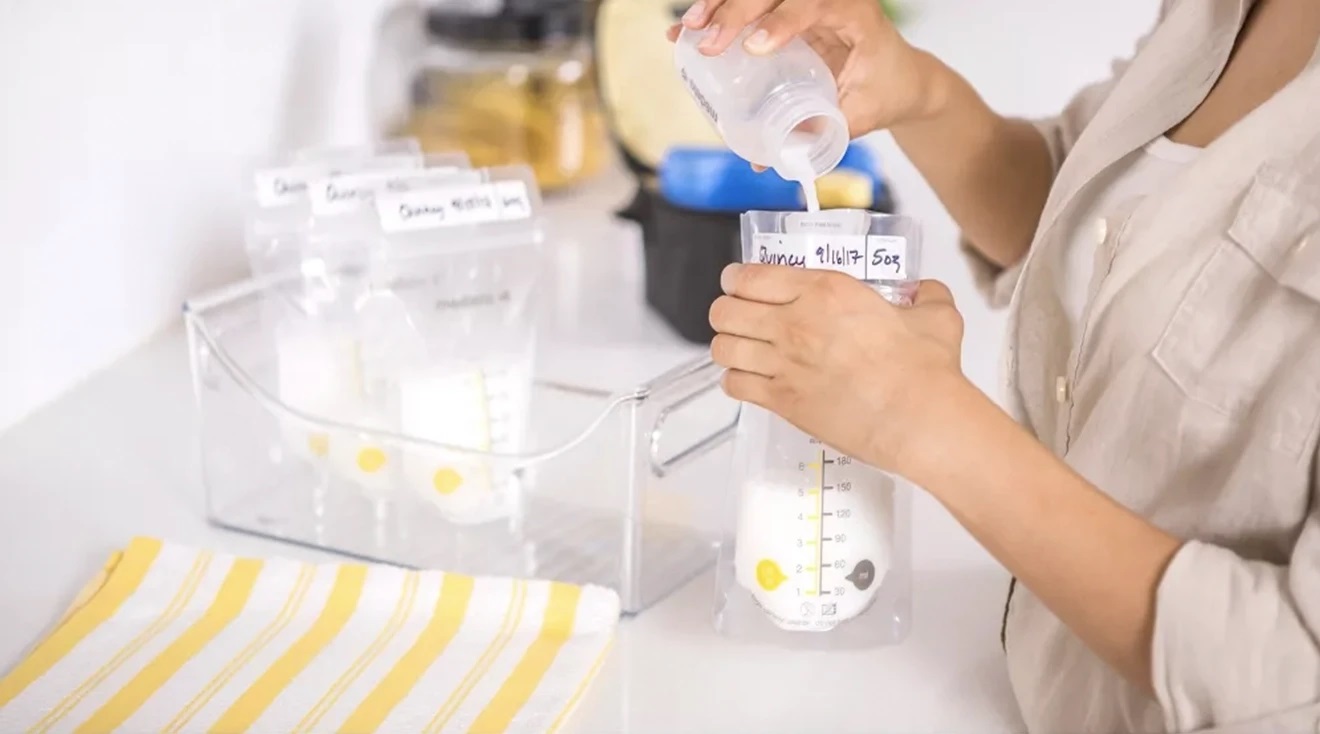
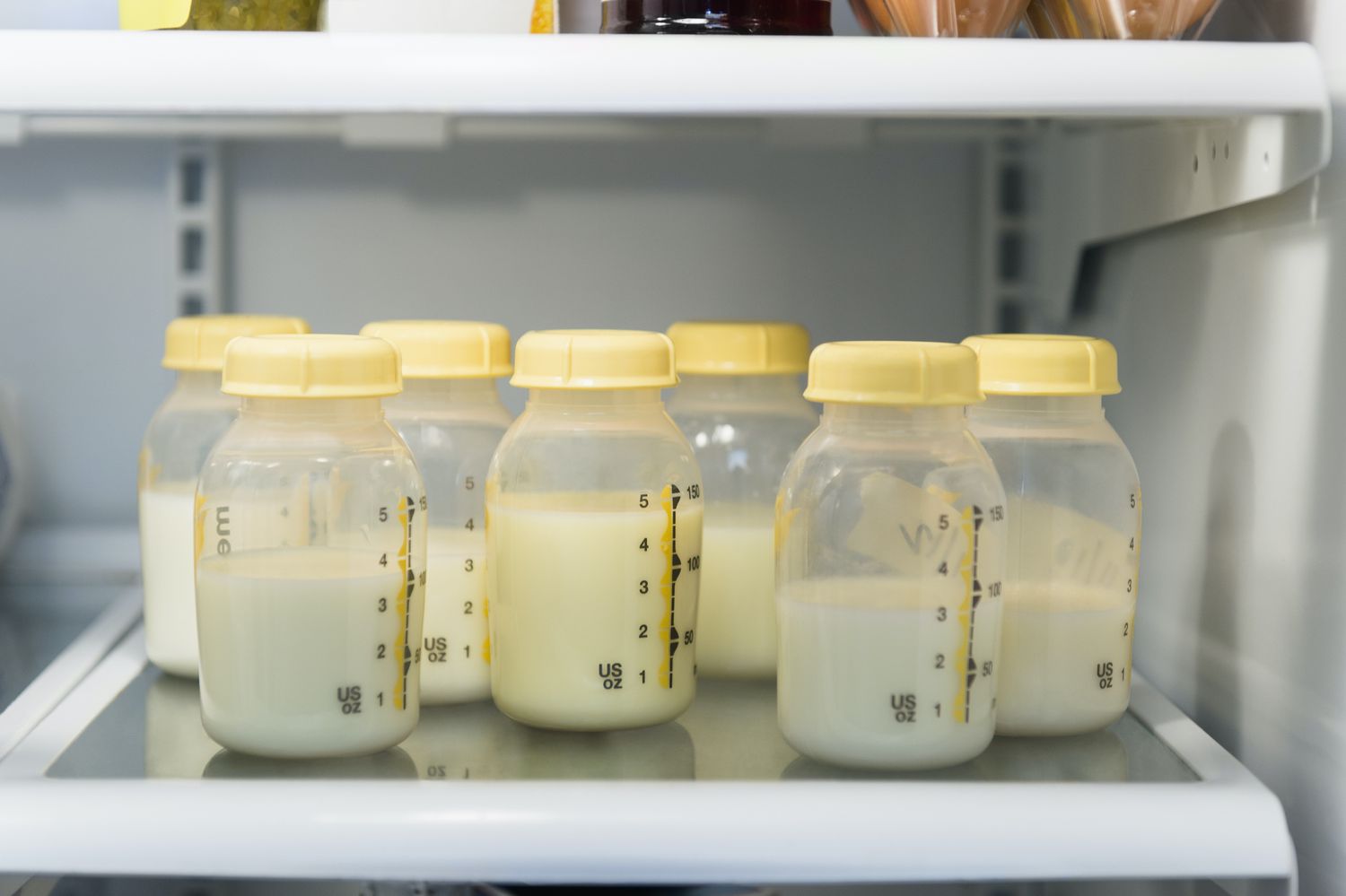
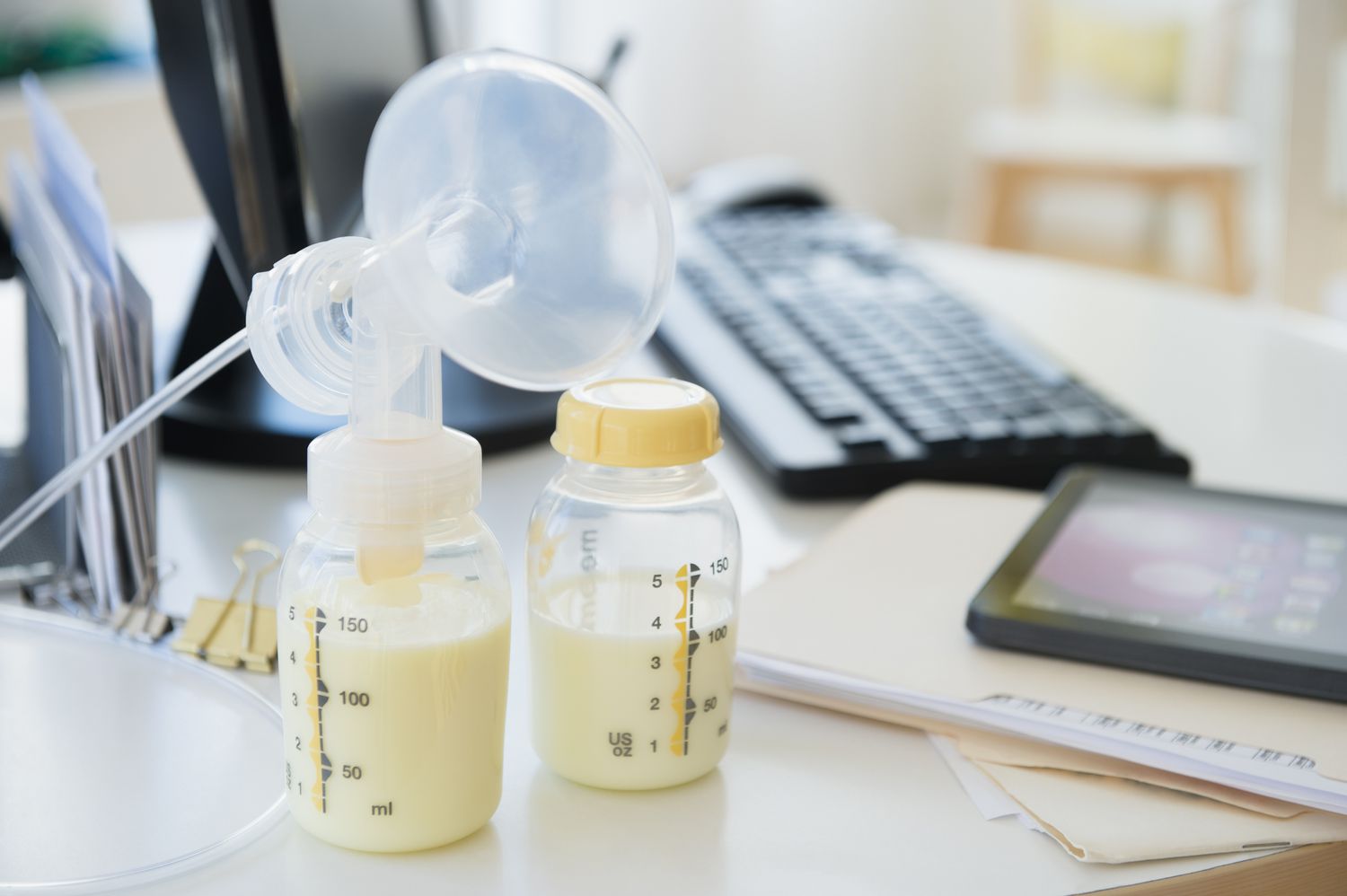
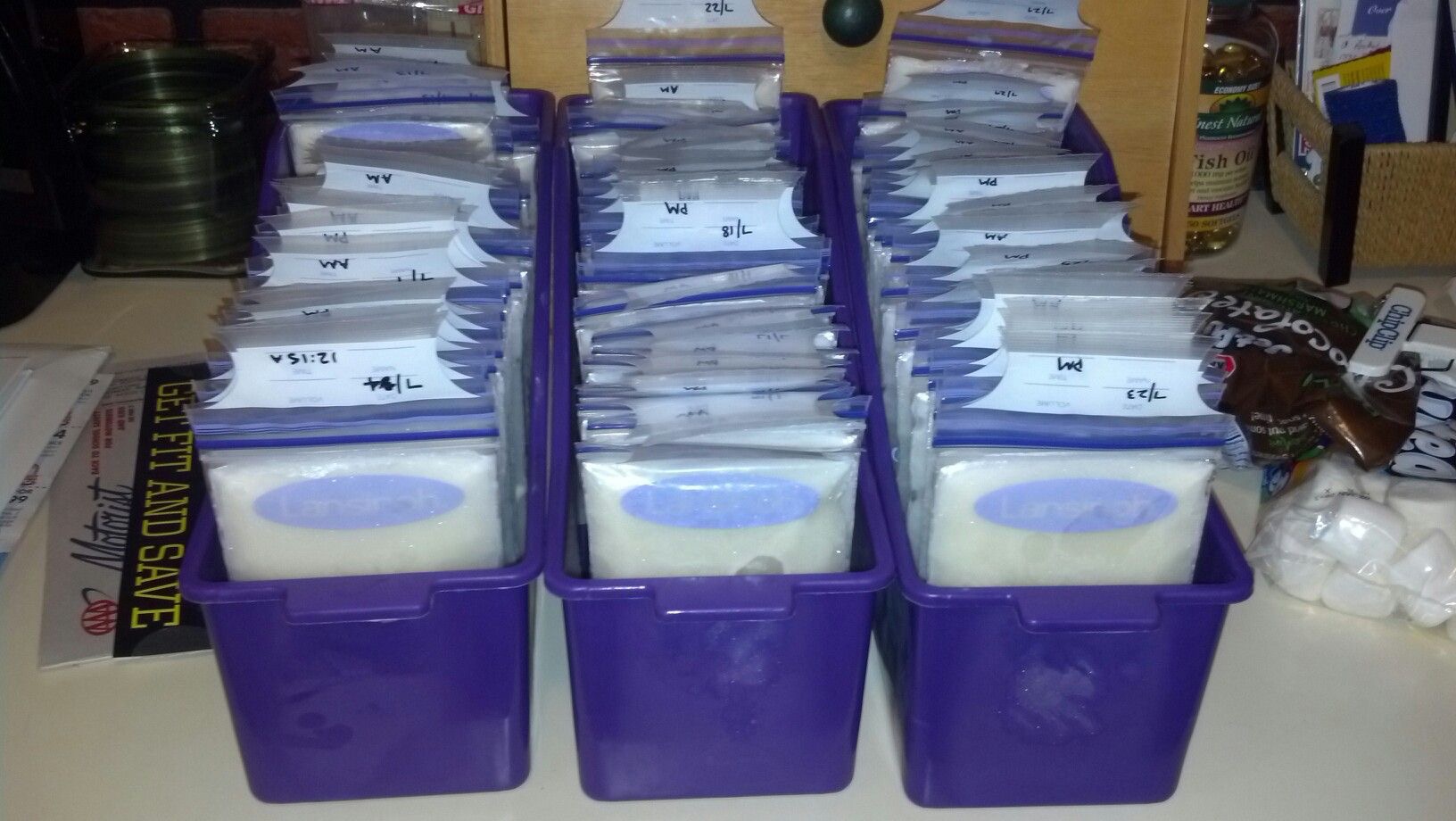
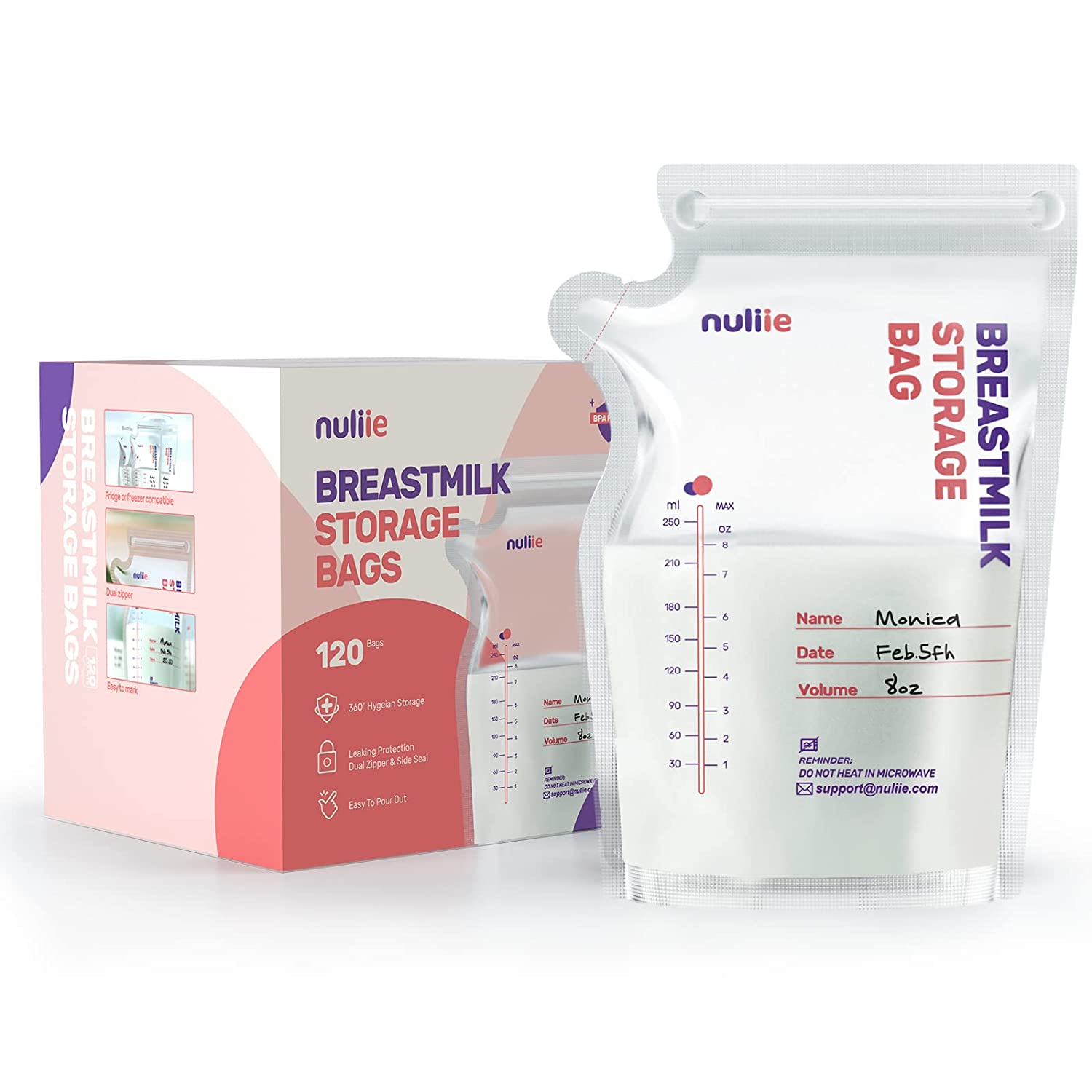
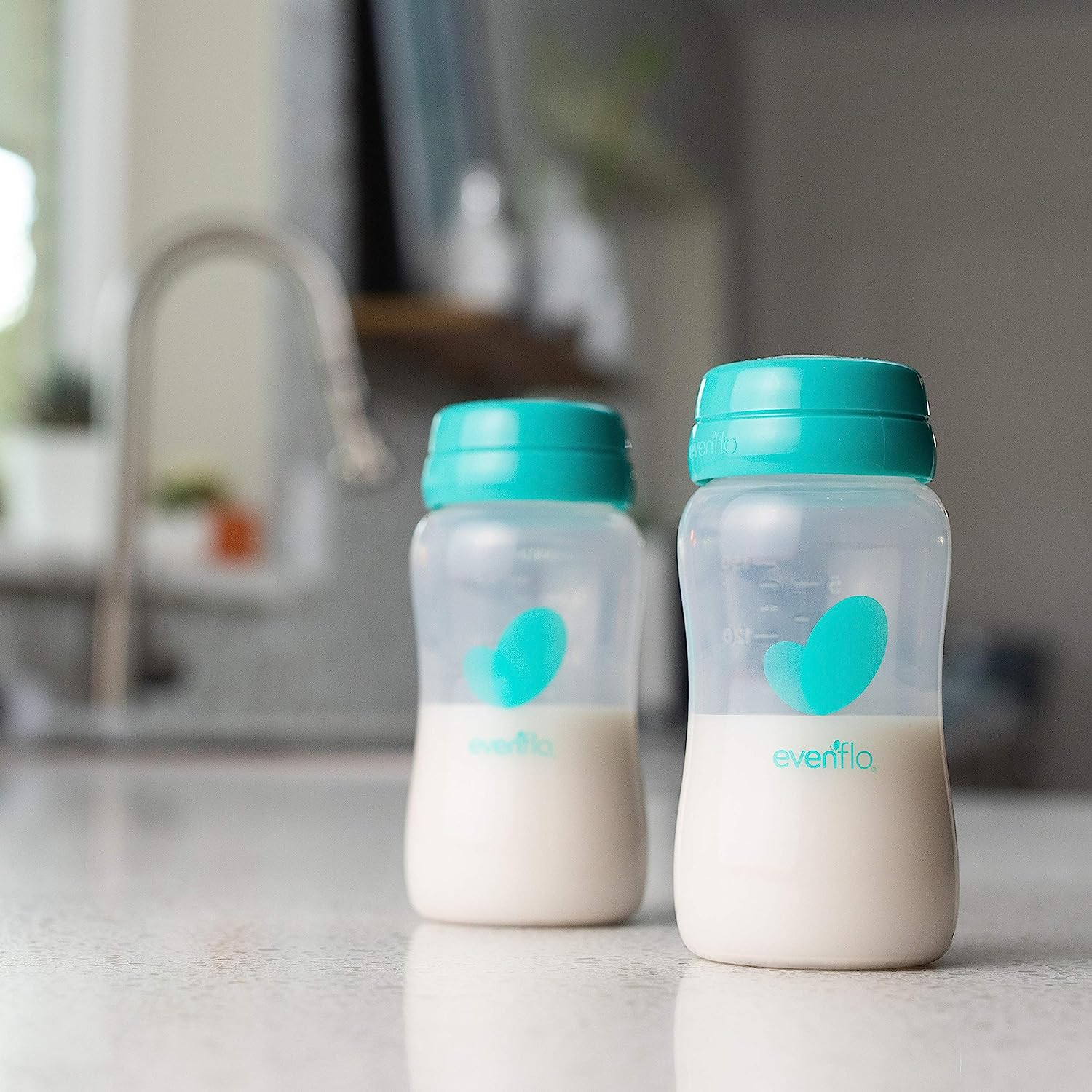

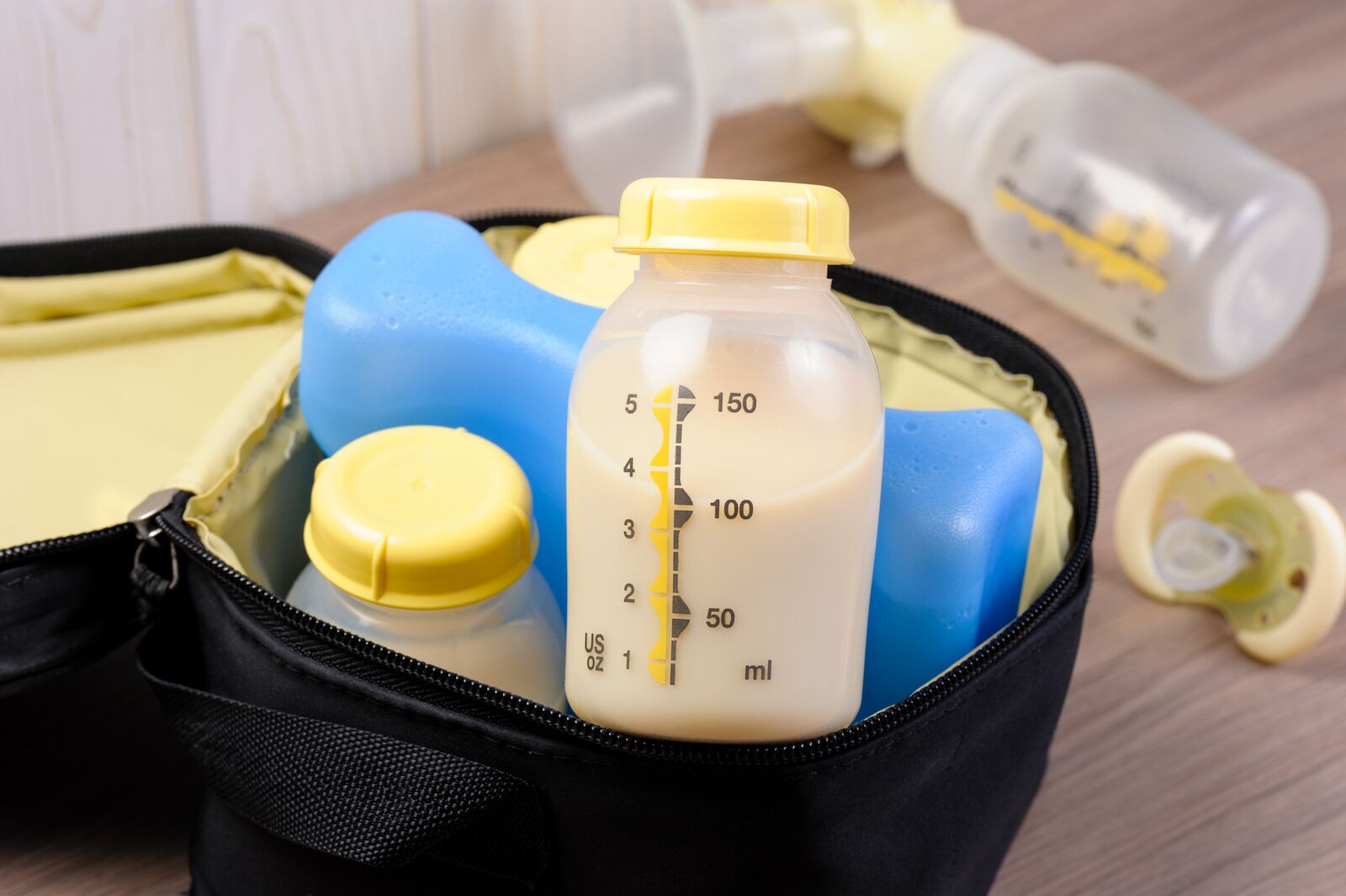

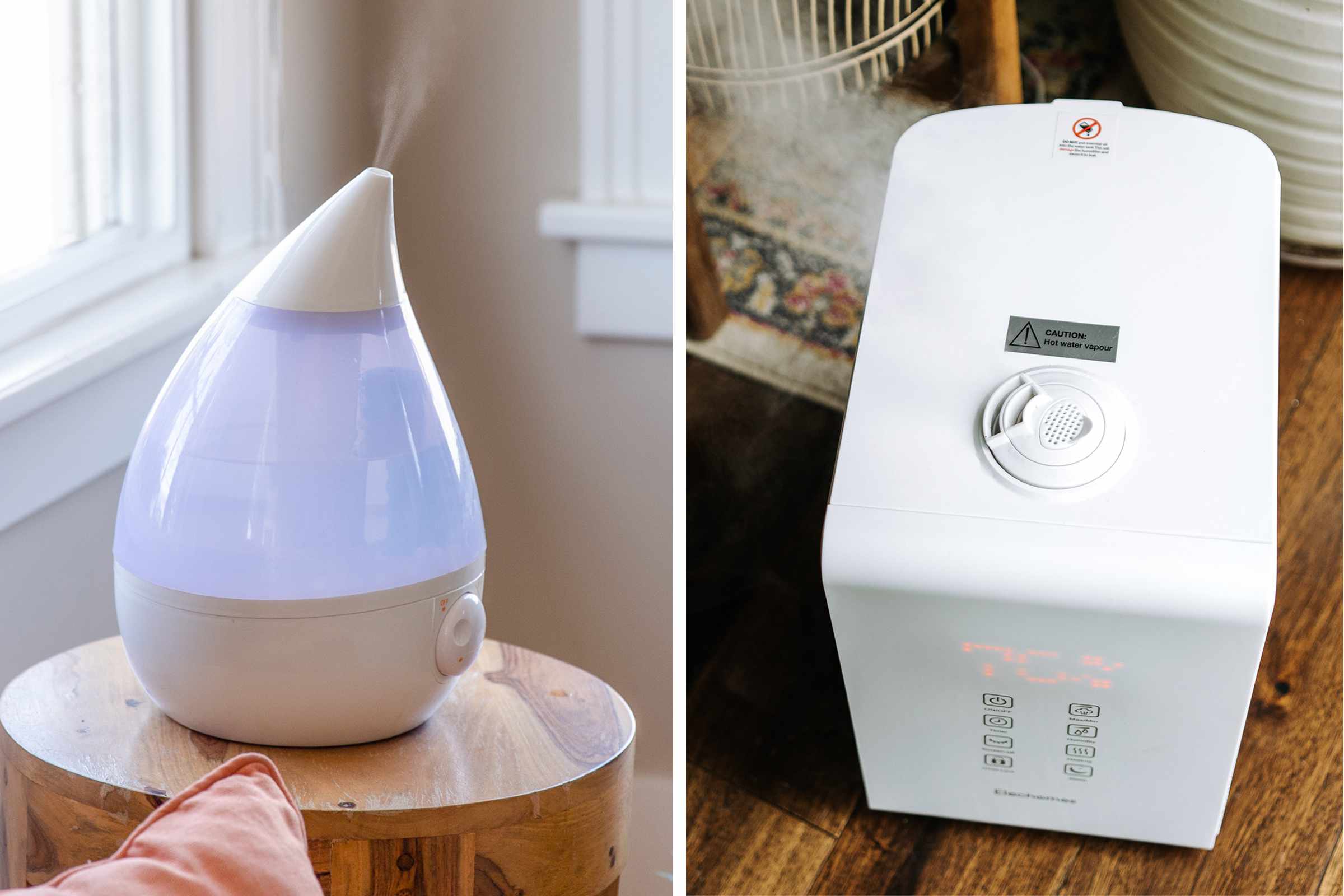
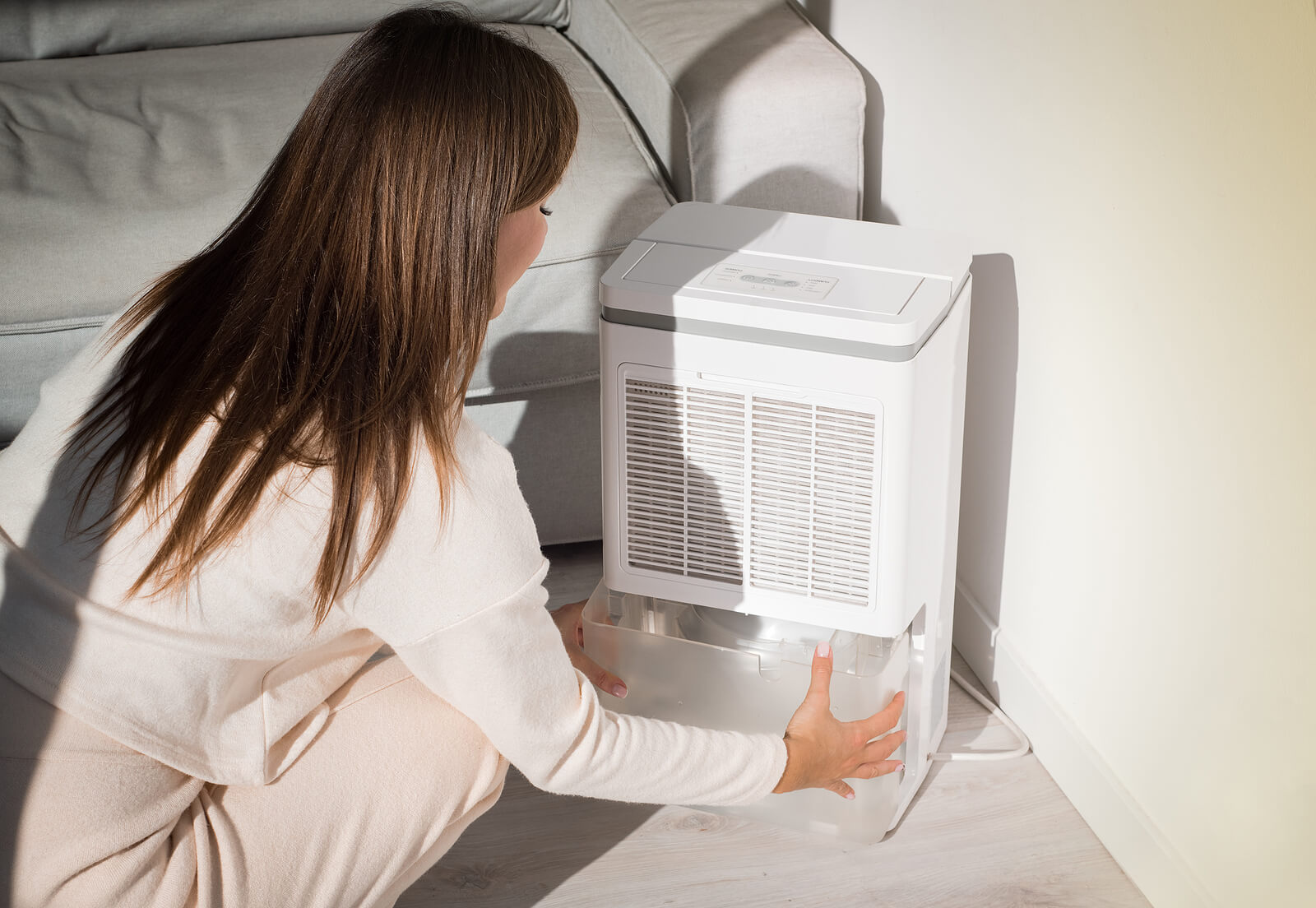
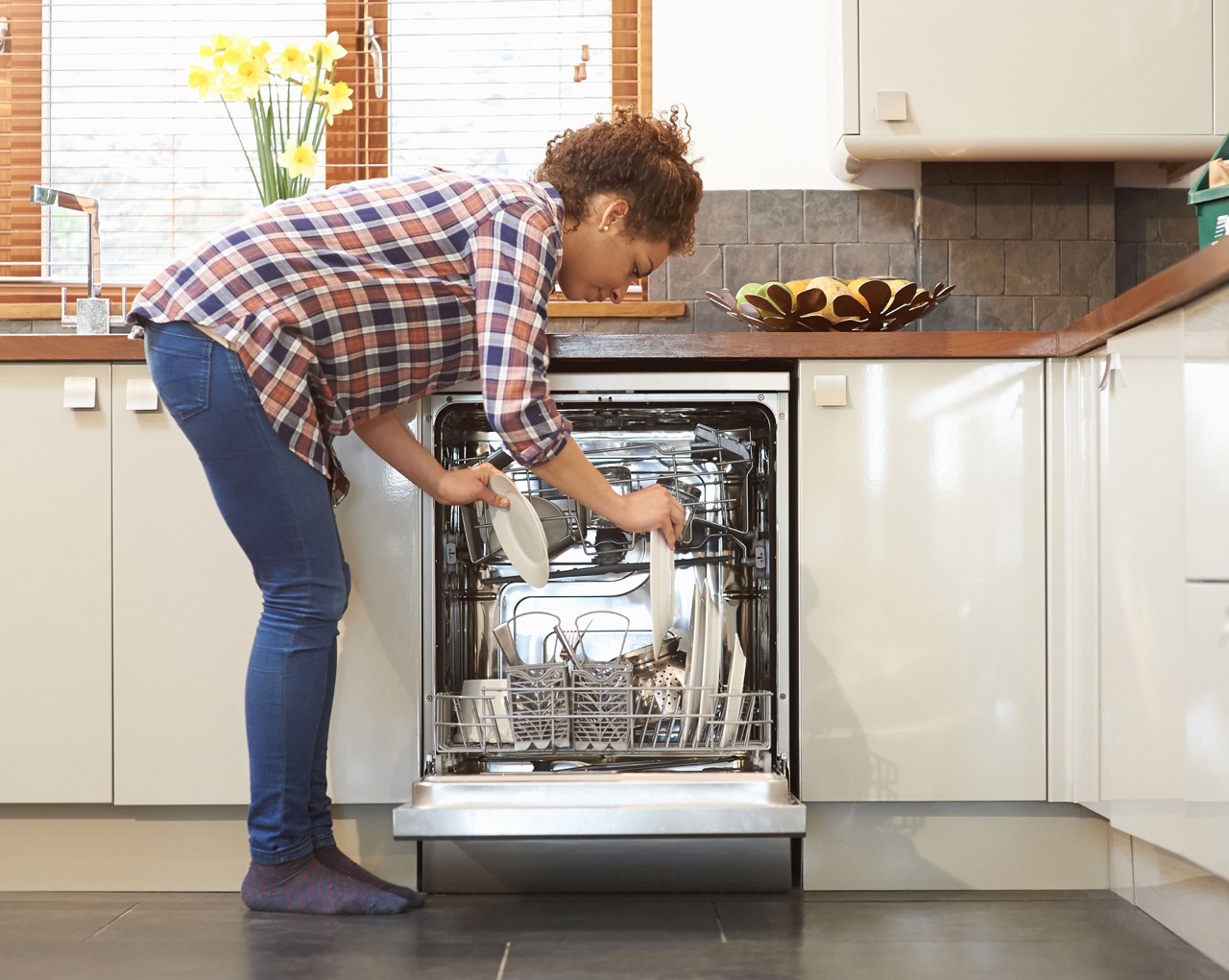
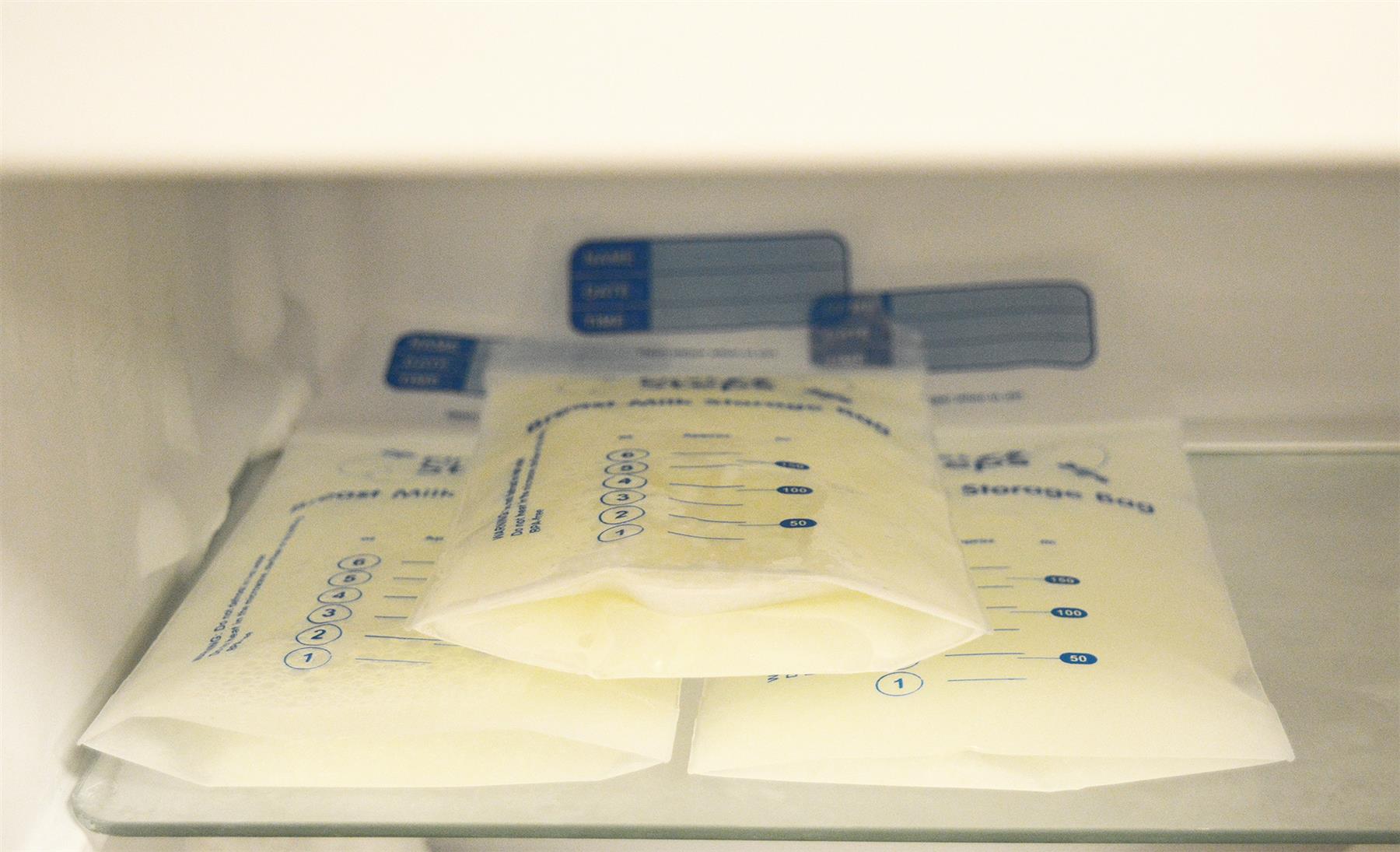

0 thoughts on “How To Store Breastmilk At Work”